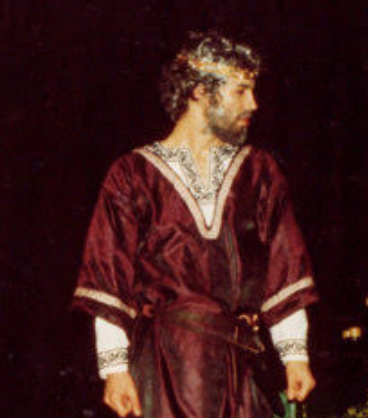The College Experience: Then Versus Now

A new year at Moravian means adjusting to all the changes that have been made, but how does the college experience now compare to the college experience of the 1990s, 1980s, or 1970s? What’s different about dining or housing or the average life of a student?
For starters, the food situation has changed drastically.
Most of us are used to the way that Moravian does dining, whether it’s the all-you-can-eat nature of the dining halls or the convenience of our grab-and-go locations. Options used to be a lot more limited.

Dr. Joyce Hinnefeld, professor of English and graduate of Hanover College, described the food as “horrific” and said that not much consideration was given to things like sustainability.
President Bryon Grigsby, a graduate of our own Moravian College, and Dr. Christopher Jones, professor of biology and graduate of Haverford College, both commented on the fact that nothing was custom made for students. Grigsby also mentioned that students were allotted only three meals a day, unlike the unlimited meals we have now.
Housing has become more streamlined and structured. Professor Christopher Shorr, professor of theatre and graduate of Drew University, stated that he “didn’t see much messiness around here.” The grounds are more manicured and we have amenities like firepits.
According to Grigsby, the only dorms that existed during his undergraduate years at Moravian were Bernhardt-Wilhelm, Jo Smith, and Rau Hassler. The other option was to move into the city. After sophomore year, most students lived in apartments.
Hinnefeld mentioned that at Moravian in the early 2000s a lot of students enjoyed living in overflow housing, which were

usually houses on the perimeter of campus. She also talked about how Moravian has become more focused on trying to encourage more off-campus and commuter students to enroll here.
The backgrounds of the students are continually changing. Hinnefeld brought up differences in private and public schooling. She believes that there are more college applicants coming from private schools and that public school is not respected in the way that it used to be.
Jones discussed the fact that more students who could not have gone to college forty years ago are able to now, but that means the level of preparation for college has changed. He offered this as one possible reason why “students today seem more uncertain in a sense,”referencing how difficult it is to get students to participate in class.
The programs that students go into have changed a lot, too. Shorr believes that “once you start to specialize now, that area of specialization is more narrow.” When he was in school, studying theatre, he was able to study a variety of different aspects of theatre, but he feels this has been lost.

Hinnefeld expressed her view that a lot of students don’t understand that a liberal arts college like Moravian is meant to encourage exploration of different fields of study and that students come in “not planning to investigate.” If a student knows what they want to major in, they go into that program and don’t feel a need to try other things.
Gender roles have also undergone significant change. Dr. Hinnefeld described going to a socially conservative college in the 1980s and how there were prescribed visitation hours. While men and women were allowed to be in the same room together, the the door could not be closed. Regarding today’s co-ed housing option, Hinnefeld said it “blows my mind,” especially since in places like the HILL, any combination of genders can live together in one suite. President Grigsby mentioned that women have become the majority on campus, which was not the case when he was attending.
Ultimately, President Grigsby said that, while things like technology or faculty or clubs may change, “the kind of student we educate will remain constant.”





